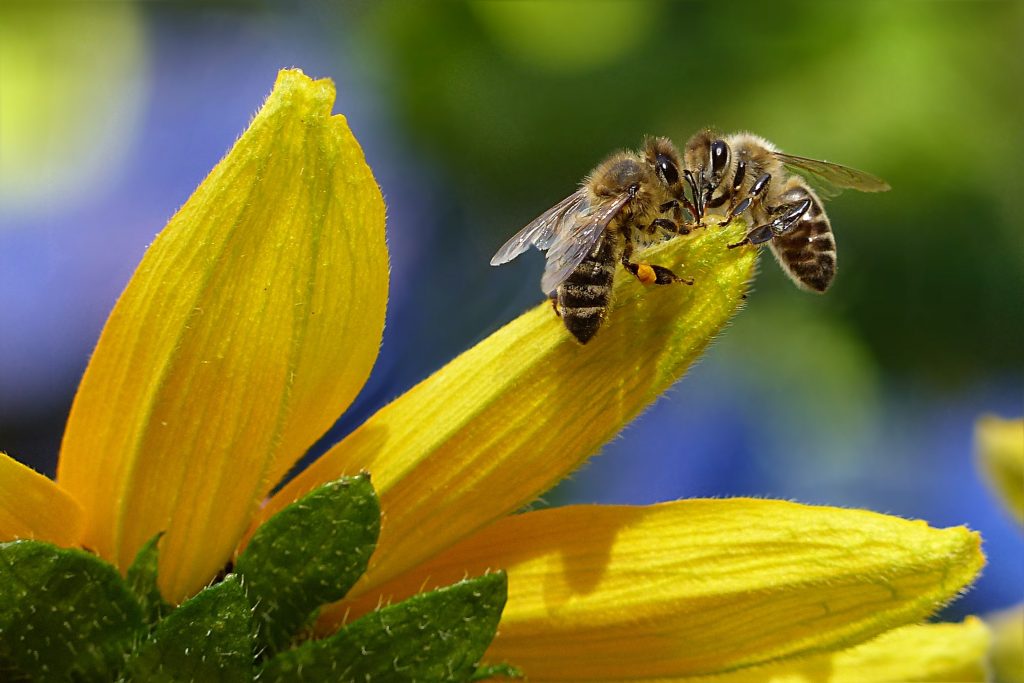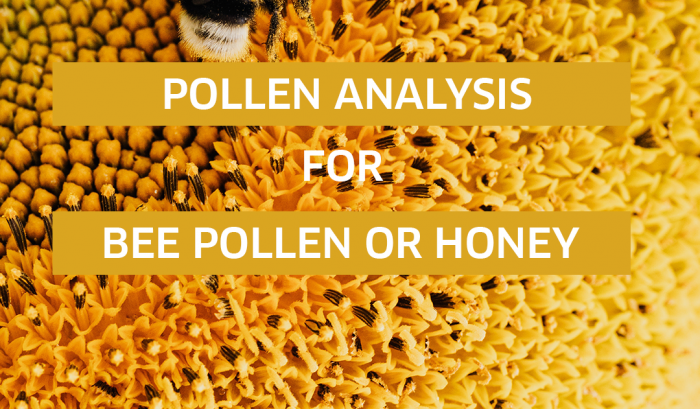Ever wondered where your bees are getting their pollen?
And the bees are off!
Making their way across the landscape, searching for flowers to collect precious pollen for producing that sweet substance that we all love. As honeybees can fly as far as 5 miles to forage for pollen and nectar, you may think you have an idea of which flowers your bees are visiting but you can never be sure until you can get a closer look.

A closer look at Pollen
To know about the type of pollen that’s in your honey, it has to be viewed on a microscopic level. Pollen analysis involves a detailed assessment of the honey sediment. It takes years of training to be able to accurately identify the hundreds of possible pollen types visually and organoleptic-wise (taste, color, odor, and feel). The conductivity of the honey also plays a part.
At the top level, we can classify the honey into two types: flower or honeydew types. Flower honey can be further differentiated between multifloral or special monofloral origins. Depending on the natural variation, if monofloral honey meets certain criteria for it can be labeled and sold as higher quality honey versus multifloral honey. Additionally, each plant family has certain distinguishable characteristics. For example, there is a clear difference between red and white clover as shown below.

More stark differences can be seen in different pollen types.

Plants of the same family cannot be distinguished like orange vs. lemon vs. grapefruit (Nevertheless, the indicated origin can be confirmed in this way).
Where is the honey from?
Certain plants, referred to as “Marker Plants” are most commonly found in certain regions.

Geographical classifications can be made by detecting the pollen of these plants. In the end, however, the entire pollen profile is your best option.
With over 50 years and counting in the business of honey, QSI has the knowledge and experience for accurate pollen and other identification, adulteration, and quality analysis of honey and honey products.

